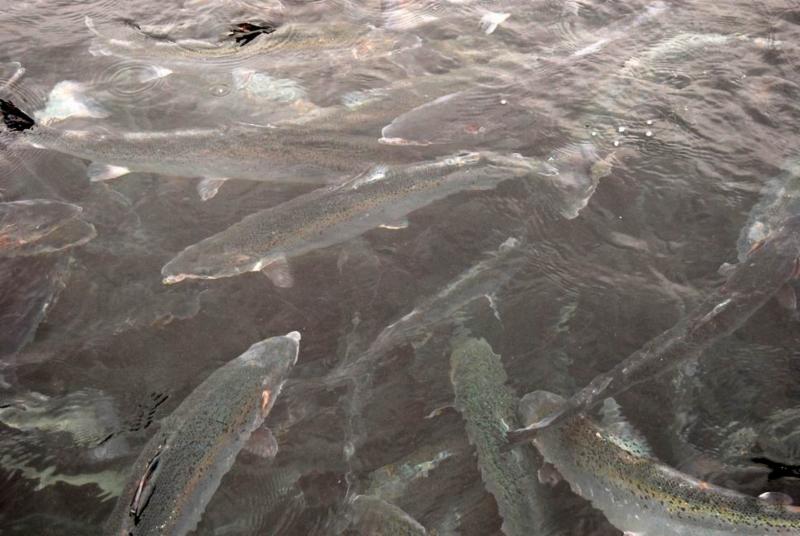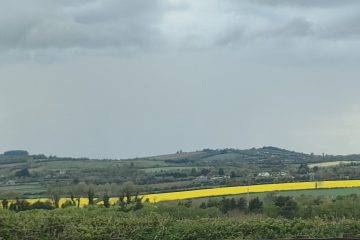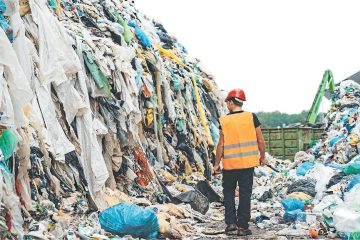Rare honeycomb reef off Irish coast needs Legal Protection

10th April 2017
A rare honeycomb reef off the Irish coast may come under threat due to a lack of legal protection, according to the findings of this year’s All Ireland Coastwatch Survey.
Coastal erosion, an increase in the discovery of dead large marine animals and alarming levels of nitrates pollution in Cork Harbour were also outlined in the report on biodiversity and water quality.
The results, released on Sunday, are based on an examination of 275km of Irish coast by over 2,000 Coastwatch volunteers at low tide. The survey took place between 15 September and 15 October.
A survey site is a stretch of shore roughly 500m long, with volunteers walking and observing the chosen site. The Dublin Fingal coast, Wexford and Cork were the most surveyed areas of the country.
Rare Honeycomb Reef
Pockets of a rare honeycomb reef were found in 21 areas, with the largest stretch found in Waterford Harbour. It is a “serious contender” for the largest reef in Europe, according to the report.
The reef straddles both sides of the harbour close to Duncannon beach and continues out from the estuary into open coastal waters.
The reefs are formed by small pink Sabellaria worms and provide hiding, resting and feeding places for many other sea creatures. The worms can create surreal meter high sculptured landscapes attached to rocks.
However, Coastwatch coordinator, Karin Dubsky, is concerned that the reef is not being managed appropriately. “It is of some concern that the majority of this fragile reef feature is not legally protected,” she said.
She added that parts of the reef are smothered by green algae and called for a study and management plan to be implemented in the future.
Water Pollution
The survey also tested 177 inflows for nitrates levels, presenting similar findings to official EPA data for the majority of sites.
However, the report highlights “worrying” nitrate concentrations around Cork Harbour, with more breaches of the Nitrates Directive than anywhere else tested in the survey.
The harbour was the only area surveyed that did not match up with EPA findings, and is recommended as a priority area for further study.
Despite little change in the last five years, the report said that there has been a “significant improvement” in sewage issues over the past twenty years.
The report states that 81 per cent of survey sites were rarely or never affected by sewage, with 6 per cent of sites showing signs of frequent sewage issues.
The threat of erosion was also reported at almost one-third of sites, with some form of hard erosion control measures, such as seawalls, in place at over 200 sites.
There were more dead marine animals, such as seals, reported than previous years. Nine seals were found dead at five locations, with Courtown Seal Sanctuary reporting record numbers of seal rescues.
The All Ireland survey was first designed and run in Ireland in 1987. It now runs across 23 European countries.
A second report on waste and litter is expected to be released at the end of April.







